The composition here is intended to be of great classicism. We are looking head-on at a skull placed in the center of the panel, a universal symbol of death and the finiteness of our earthly lives. This skull rests on a book that represents the vanity of ephemeral knowledge. Devambez thus follows in the tradition of 17th-century Dutch masters, such as Pieter Claesz or Harmen Steenwijck, who readily combined these elements in their vanitas.
However, has Devambez renounced all traces of humor in this work ?
Has he retained none of that slight discrepancy that usually brings a smile to the viewer's face?
It seems so.
On the right, a traditional element of vanitas appears: the pipe, meant to evoke the transience of earthly pleasures. But here, only the bowl is visible; the instrument is broken, incomplete. We see here a discreet and mischievous evocation of the popular expression "to break one's pipe."
Two readings of the same painting overlap, one traditional and severe, the other lighter. Both are commonly carried by the undeniable talent of the painter, served by the same treatment, the same warm and sober palette, and a nervous and generous brushstroke.





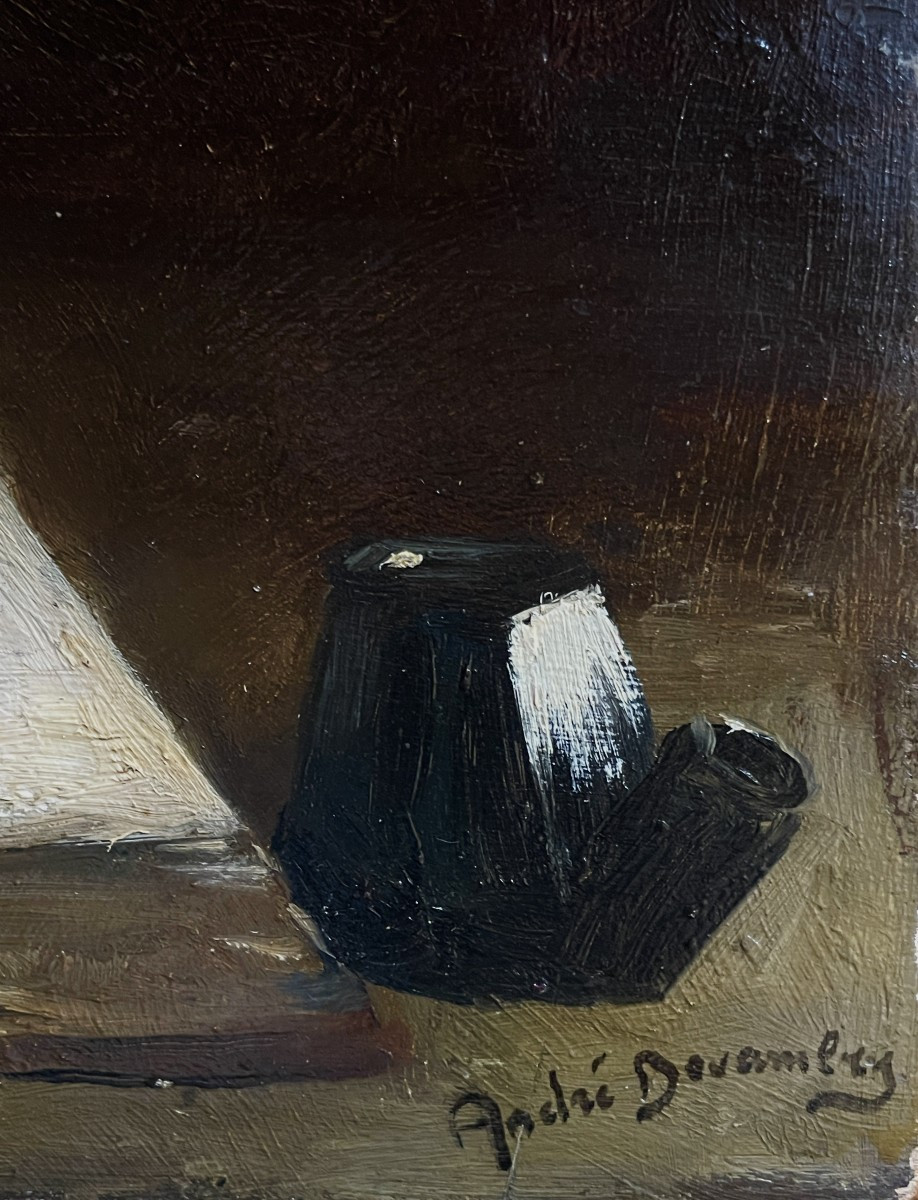
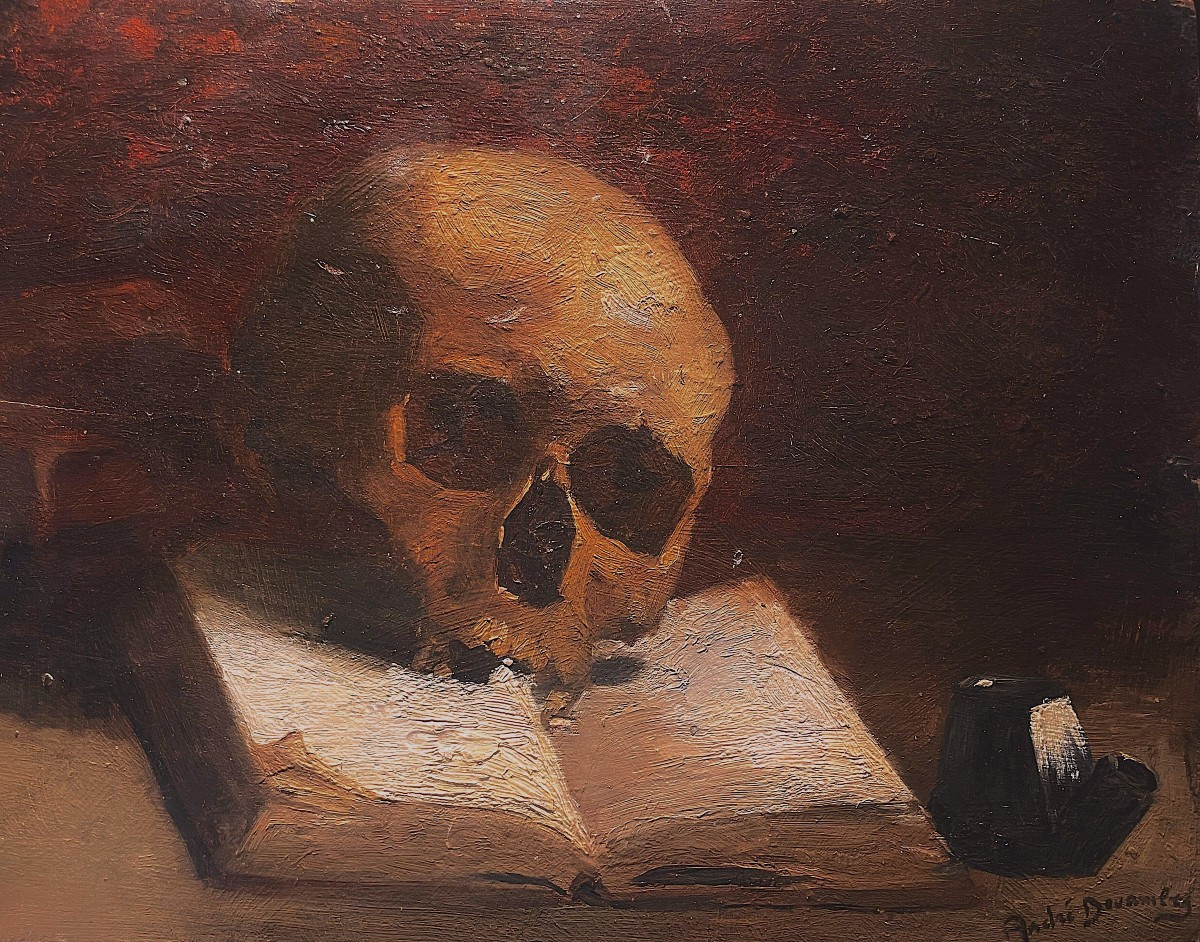










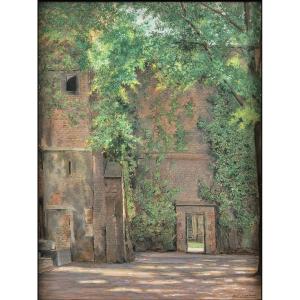

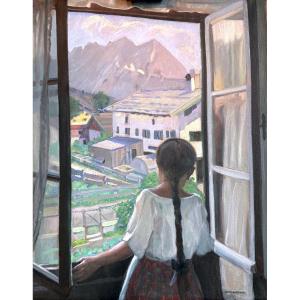



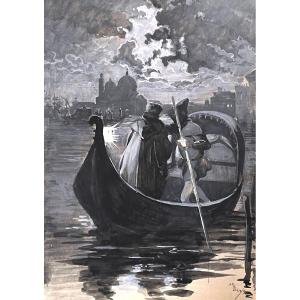


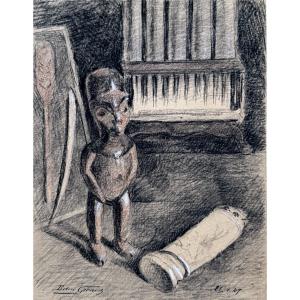


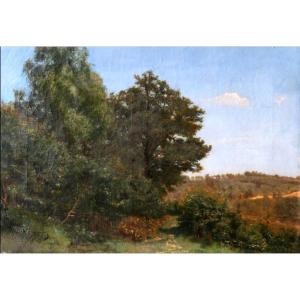

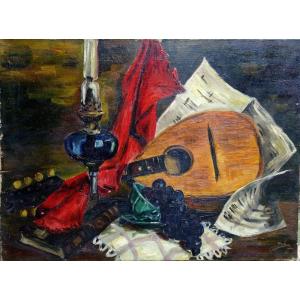






 Le Magazine de PROANTIC
Le Magazine de PROANTIC TRÉSORS Magazine
TRÉSORS Magazine Rivista Artiquariato
Rivista Artiquariato